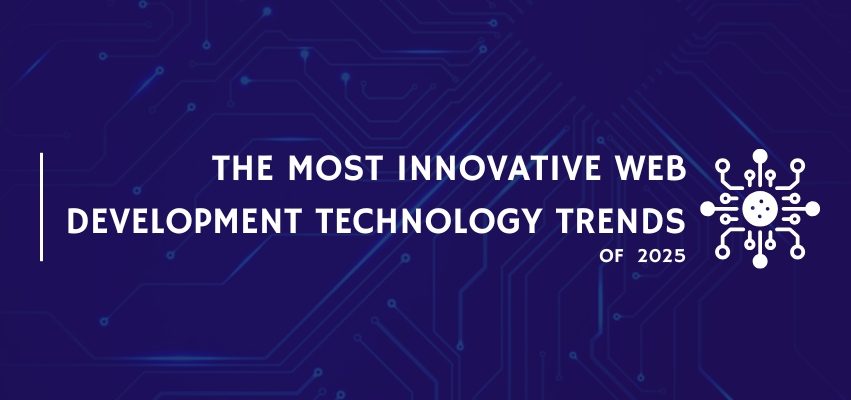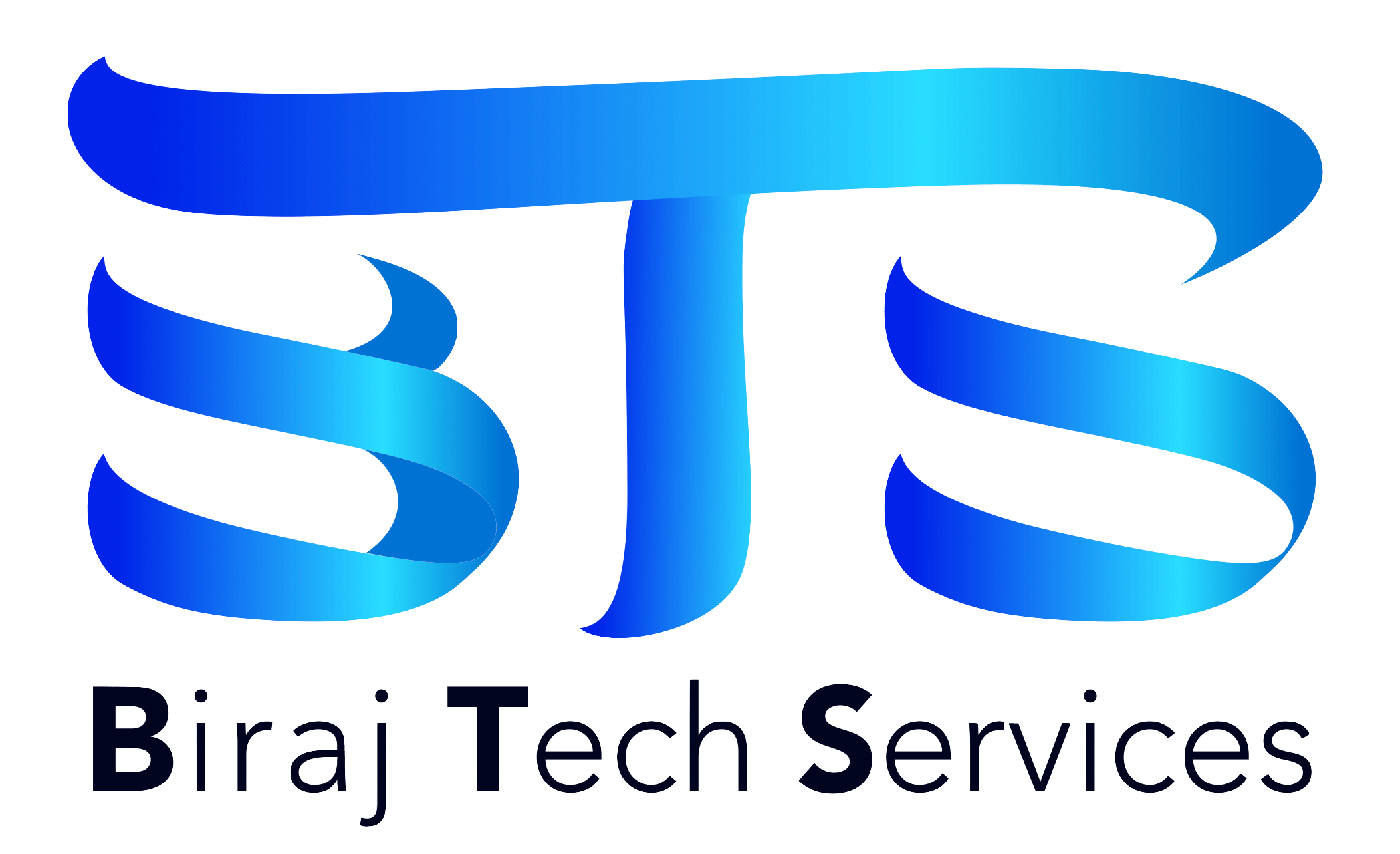
The Most Innovative Web Development Technology Trends
Explore the top web development technology trends shaping 2025! From AI-driven development to progressive web apps, stay ahead with the latest innovations in the industry.
You may create stronger, more appealing websites using the most recent web development technology, which will help you grow your online presence.
Even more so than before the pandemic struck devastation on our society, a digital presence is essential today. However, only 71% of small firms have a website of their own.
This may be due, at least in part, to the difficulty and length of web creation. Although low-code and no-code platforms have made the process more approachable for non-technical individuals, substantial experience and programming knowledge are still needed to create a beautiful, useful, performant, and useable website or online application. The development process is fortunately aided by the most recent web development tools, which reduce its complexity and length.
How does the website creation process work, and what could it look like in the future? Here's everything you need to know.
What Will Web Development Look Like in 2025?
Web design is still developing. Every day, new web development technologies are being released and gaining popularity. What is the field's future hold?
Artificial intelligence(AI):
AI is transforming web development, powering everything from chatbots to personalized user experiences. Did you know that 88% of customers interacted with chatbots in the past year? By 2025, AI will go beyond chatbots, offering advanced tools for semantic search and tailored user journeys. Incorporating AI into your web development strategy is no longer optional—it’s essential to stay competitive.
Advancement Web Apps:
Progressive web apps (PWAs), which are created using HTML, CSS, and JavaScript, have been around for a while. These apps mimic native functionality, but they don't require downloading or installation. This results in noticeably quicker loading times and a smoother user experience. Even offline use of them is possible. However, at their foundation, they are just websites—websites that mimic the appearance and functionality of apps.
PWAs are already available from well-known companies including Uber, Forbes, Starbucks, Instagram, Spotify, and Twitter. Additionally, they may very possibly alter the idea of app development and online design by 2025.
Voice Recognition:
Siri, Alexa, Echo, and similar speech interfaces are presumably pretty known to you. They look for your most urgent demands as your virtual personal assistants. Additionally, they plan to revamp how you communicate with websites.
Voice technology can handle your requests and provide assistance and responses that are getting more complicated, similar to chatbots. They can relieve human representatives of the majority of the job and are able to be reachable and conversant. They will become commonplace on many websites in the upcoming year as a result of AI and automation.
Adaptive Design:
Web apps and webpages can now be accessed by users in a variety of ways. They are viewing them on desktop computers, tablets, and mobile devices. They are using several different operating systems. They use a variety of products and brands. No matter how customers access their web platforms, businesses must make sure they are providing a consistent, ideal experience.
Thanks to responsive design, a consistent experience may be provided. Web sites may now adapt to a variety of circumstances, interfaces, settings, operating systems, etc. thanks to modern web development technology. As new technologies are developed to improve the user experience, this will become even more crucial. The main concepts are individualization, adaptation, and adaptability.
How to Pick the Right Technology for Web Development?
You need to evaluate a number of different categories when deciding which technology to use for web development. Languages and frameworks, two of the most important technologies that serve as the foundation for web development, will be discussed.
Languages:
Web development starts with core languages like HTML, CSS, and JavaScript:
- HTML for structure
- CSS for design
- JavaScript for interactivity
Depending on your project’s complexity, you may also require:
- Python for AI Features
- PHP for dynamic content
- Ruby for fast prototyping
- TypeScript for scalable applications
Consider variables such as the language's community and resources, its strengths—and what you need from it—as well as its maturity, scalability, and security when selecting the appropriate language for your project.
Frameworks:
Web frameworks make development simpler by providing resources and tools that let you build your project more rapidly and error-free. These are typical web development frameworks:
- React and Vue for dynamic UI
- Node.js for scalable backend solutions
- Django for secure, robust applications
- Flutter for cross-platform apps
There is no ideal technology for creating websites. Instead, programmers employ a variety of languages, frameworks, environments, and other tools to construct platforms that are user-friendly, highly functional, beautifully designed, and that cater to the demands and desires of computers.
Conclusion:
Web development technologies are evolving at an unprecedented pace. To remain competitive, businesses must stay informed about the latest trends and adopt tools that enhance their online presence. From AI-powered features to progressive web apps, these innovations promise to shape the future of digital experiences.
Are you ready to embrace the future of web development? Stay ahead of the curve with tools and technologies that make your brand stand out in 2025 and beyond.
